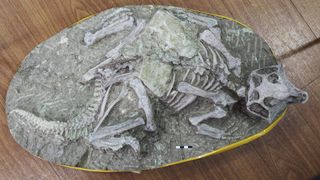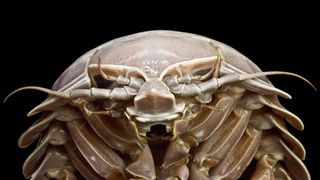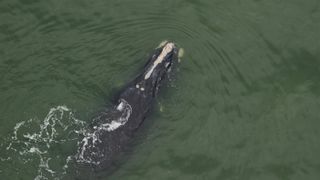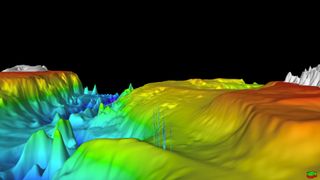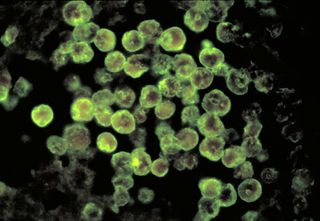Published on December 18, 2020 By Common Dreams

Officials from more than a dozen states say the Trump administration has informed them that next week’s Pfizer-BioNTech Covid-19 vaccine allotments to their jurisdictions are being substantially reduced, prompting confusion and outrage. The development comes even as Pfizer insists that it has millions of doses ready to ship if given instructions by the federal government.
Coronavirus inoculation in the U.S. began Monday as the country’s pandemic death toll surpassed 300,000. Hundreds of thousands of people—mostly frontline healthcare workers and nursing home residents whom the Centers for Disease Control and Prevention (CDC) agreed to prioritize—have already received their first dose of the vaccine.
But Washington Gov. Jay Inslee (D) tweeted Thursday that the CDC “has informed us that [Washington’s] vaccine allocation will be cut by 40% next week—and that all states are seeing similar cuts.”
“This is disruptive and frustrating,” Inslee added. “We need accurate, predictable numbers to plan and ensure on-the-ground success. No explanation was given.”
The Associated Press reported Friday that “California, where an explosion in cases is straining intensive care units to the breaking point, will receive 160,000 fewer vaccine doses than state officials had anticipated next week—a roughly 40% reduction.”
Maryland Gov. Larry Hogan (R) said his state was also told it would receive a smaller shipment than expected, The Hill reported Thursday. In addition, Illinois Gov. J.B. Pritzker (D) on Wednesday said he “anticipates about half as many doses as was originally promised.”
Other affected states, AP reported, include Connecticut, Georgia, Hawaii, Indiana, Iowa, Kansas, Michigan, Missouri, Montana, Nebraska, Nevada, and New Hampshire.
Adding to the chorus of governors expressing concern was Florida Gov. Ron DeSantis (R), who said Wednesday that “new shipments were ‘on hold,’ and that if they arrive, he is anticipating fewer doses than he was previously told,” The Hill reported. But unlike his colleagues in other states, DeSantis blamed unspecified “production issues.”
Pfizer on Thursday denied that underproduction is the cause of diminished vaccine distributions, instead assigning fault to the lack of direction provided by the Trump administration.
In a statement, the company said that it “successfully shipped all 2.9 million doses that we were asked to ship by the U.S. government to the locations specified by them.”
“We have millions more doses sitting in our warehouse but, as of now, we have not received any shipment instructions for additional doses,” Pfizer added.
Published on December 18, 2020
By Sky Palma

During a press conference in Lansing this Friday, Michigan Governor Gretchen Whitmer mentioned the recent death of Wayne County Sheriff Benny Napoleon from complications due to the coronavirus, saying that he managed to contract the virus despite being very careful and following all the protocols while her voice cracked with emotion.
Whitmer went on to say that while heartbroken over Napoleon’s death, she’s also angry
“I’m angry because people like Benny are losing this battle every single day,” she said. “And I still cannot get a straight answer out of the Trump administration about why Michigan and many other states is receiving a fraction of the vaccines we were slated to receive.”
Whitmer said there are millions of Pfizer vaccines that are waiting to be shipped, “but the feds are slow-walking the process of getting the addresses to Pfizer for some reason I cannot get an answer to.”
According to a report from Crain’s Business, the Michigan Department of Health and Human Services said Wednesday that federal officials said that next week’s shipment of the Pfizer vaccine will drop from 84,000 doses to 60,000.
“This is decided at the federal level and subject to change,” spokesperson Lynn Sutfin said in an email to Crain’s.
Watch her full remarks in the video below:









